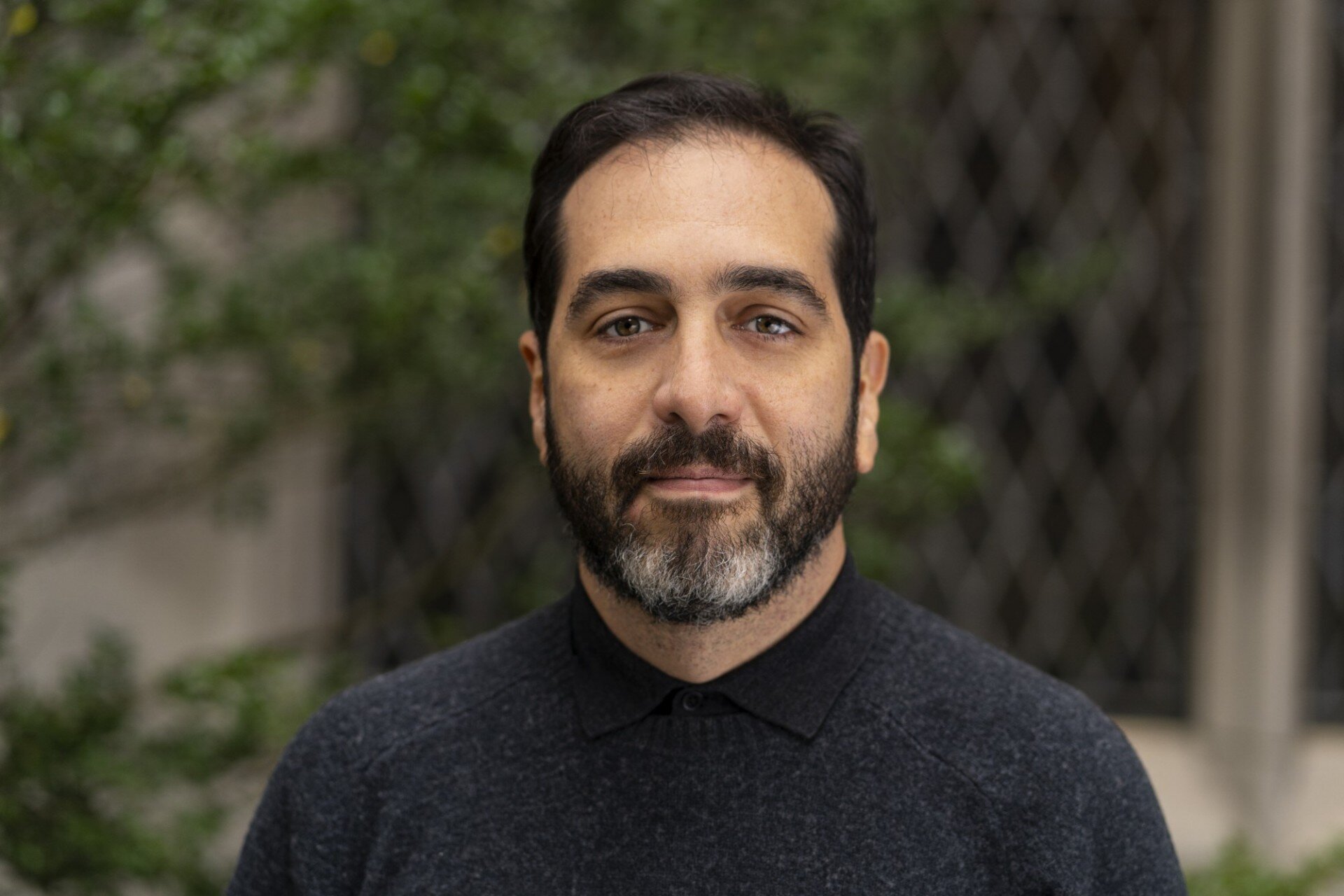On May 24, 2014, Pope Francis arrived in Jordan, marking the start of a symbolic journey through the Holy Land. His brief, two-day visit was defined by gestures and statements underscoring Jordan’s role as a regional main interlocutor and its position as a crossroads of cultures and religions.
Now, following his unexpected passing on April 21, 2025, that visit is revisited as a pivotal expression of his commitment to intercultural dialogue. It was in Jordan that Francis chose to begin a route laden with historical resonance—particularly the 1964 meeting between Pope Paul VI and Patriarch Athenagoras, a foundational moment in modern Christian diplomacy.
From the moment of his arrival in Amman, Pope Francis emphasized Jordan’s significance as a model of peaceful coexistence. In an address to King Abdullah II and civil authorities, he praised the country’s “generous hospitality” and being the land of refuge.
Later that day, Francis presided over an open-air Mass at Amman International Stadium, attended by over 30,000 people from across Jordan and neighboring countries. His homily centered on peace-building as a shared human task rather than a passive hope or political concession. “Peace is not for sale,” he declared. “It must be pursued with patience and crafted through daily actions.”
His message extended beyond words. Throughout the liturgy, Francis greeted individuals across religious lines, blessed children, and maintained a visible presence of openness— embodying peace as a lived ethical practice.
A QUIET MOMENT AT THE JORDAN RIVER
One of the most charged moments came at Bethany Beyond the Jordan, in Al-Maghtas, Jesus’ baptism site. In a sparse desert setting beside the slow-moving river, Francis removed his skullcap, bowed his head, and stood briefly in contemplative silence. He touched the water gently—a simple act layered with cultural and symbolic weight.
Later, in a nearby Latin church, he met with local Christian leaders and youth with disabilities, reiterating his concern for vulnerable populations and calling on the international community not to leave Jordan unsupported in its humanitarian, diplomatic, and mediating role.
Together, the Holy See and the Hashemite Kingdom supported interfaith initiatives, including the Amman Conference on Interreligious Dialogue and educational programs fostering coexistence in Jordanian schools.
This collaboration was not limited to symbolic gestures; it was also instrumental in advancing policy frameworks on tolerance and minority rights across multiple international forums.
Pope Francis’s visit to Jordan was a ceremonial stop on a traditional pilgrimage route, yes, but it also served as a statement of principles grounded in diplomacy, cultural recognition, and the ethics of dialogue. His presence in Jordan highlighted the country’s role as a regional anchor and a space of interreligious exchange and coexistence.
In remembering that visit today, his words in Amman continue to resonate: “Peace is built with humility, with patience, and above all, with respect.” In a region where these values often remain under strain, the Jordanian message endures as both an aspiration and a call to action.




